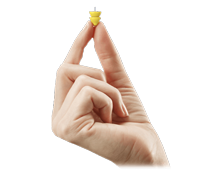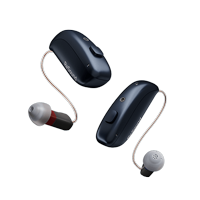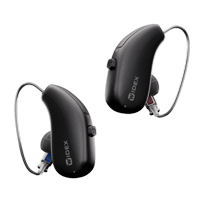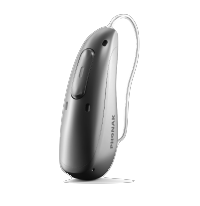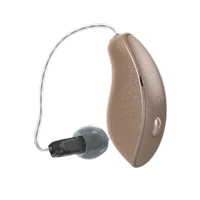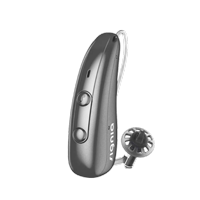Are Hearing Aids Waterproof? Understanding Water Protection for Your Devices
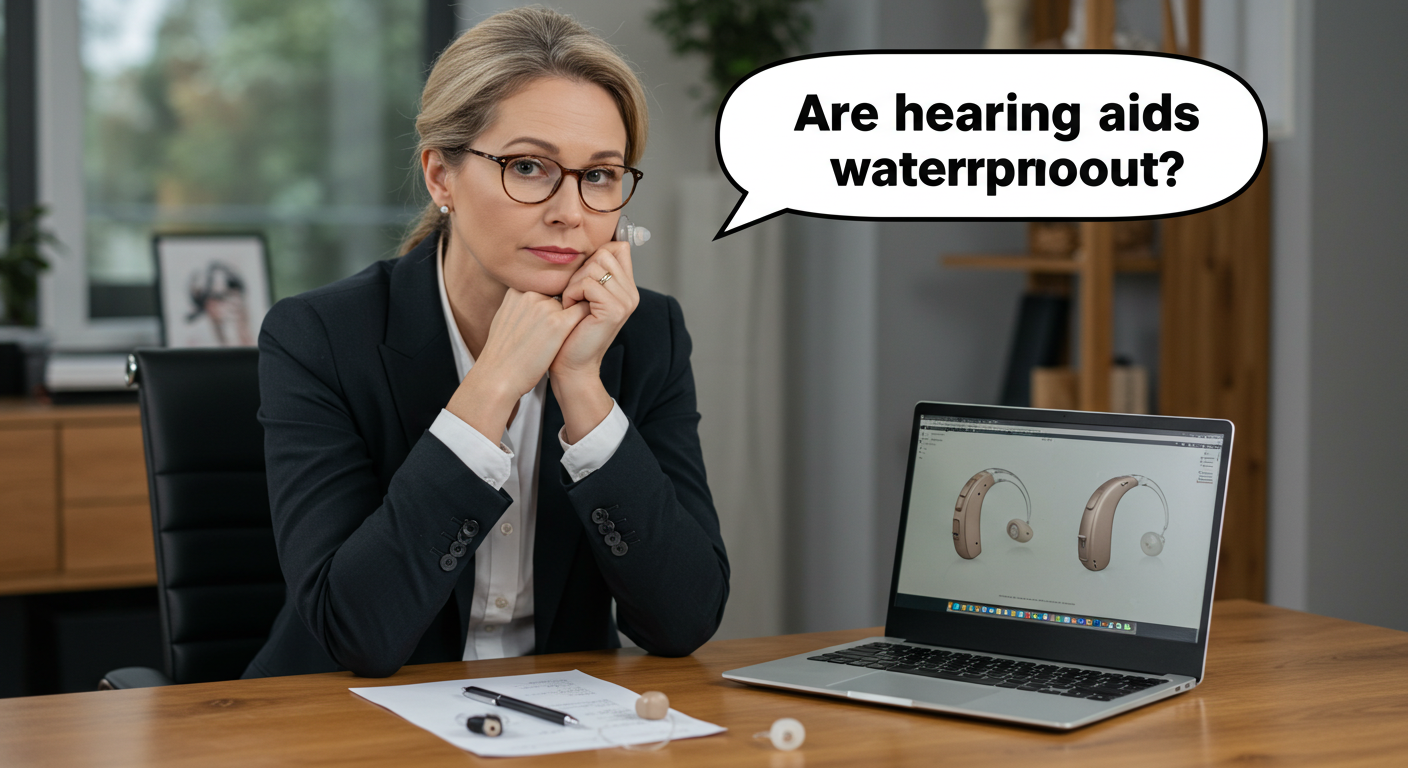
If you wear hearing aids, you’ve likely wondered whether they can withstand exposure to water. Whether you’re caught in an unexpected rainstorm, enjoy swimming, or simply want to know if you can wear your hearing aids in the shower, understanding the water resistance capabilities of your devices is essential for protecting your investment. At California Hearing Center, we’re frequently asked: “Are hearing aids waterproof?” The answer isn’t as straightforward as you might expect, but understanding the difference between waterproof and water-resistant hearing aids can help you make informed decisions about when and where to wear your devices.
Waterproof vs. Water-Resistant: Understanding the Difference
When it comes to hearing aids and water protection, terminology matters. Let’s clarify what these terms actually mean:
Water-Resistant Hearing Aids
The vast majority of modern hearing aids are water-resistant, not fully waterproof. Water-resistant devices can repel moisture to some extent but are not designed to withstand full submersion in water. They can typically handle light rain, sweat, and minor splashes without damage, but prolonged exposure to moisture or submersion could still cause problems.
Waterproof Hearing Aids
True waterproof hearing aids are designed to function even after being fully submerged in water for a specific period of time and depth. It’s important to note that truly waterproof hearing aids are rare in the market. Currently, the Phonak Audéo Life is one of the few hearing aids marketed as “waterproof,” designed to withstand submersion in up to 50 cm (1.64 feet) of water for up to 30 minutes.
Key Fact
Around 14% of hearing aid users have damaged their devices due to moisture or humidity exposure. Understanding your hearing aid’s water resistance capabilities can help prevent costly repairs or replacements.
Understanding IP Ratings: The Water Resistance Standard
The water resistance of hearing aids is measured using an international standard called the Ingress Protection (IP) rating. This two-digit code tells you exactly how protected your hearing aids are against both solid particles (like dust) and liquids.
In an IP rating such as “IP68”:
- The first digit (6) indicates protection against solids (dust), with 6 being the highest level of protection
- The second digit (8) indicates protection against liquids (water), with 9 being the highest level of protection
| IP Rating | Water Protection Level | What It Means |
|---|---|---|
| IPX4 | Splash resistant | Protected against water splashes from any direction |
| IPX5 | Jet resistant | Protected against low-pressure water jets from any direction |
| IPX7 | Immersion resistant | Protected against temporary immersion (up to 1 meter for 30 minutes) |
| IPX8 | Highly water-resistant | Protected against longer periods of immersion under specified conditions |
Most premium hearing aids today have an IP68 rating, which means they’re dust-tight and can withstand continuous immersion in water under conditions specified by the manufacturer. However, it’s important to note that even hearing aids with IP68 ratings have limitations — they’re generally not recommended for swimming or showering.
Popular Hearing Aid Brands and Their Water Resistance
Most major hearing aid manufacturers offer devices with some level of water resistance. Here’s what you can expect from some popular brands:
Phonak
Phonak’s Audéo Life is currently marketed as “waterproof” and specifically designed for active lifestyles. With an IP68 rating, it can withstand submersion in fresh, chlorinated, or salt water. Other Phonak models like Lumity also offer IP68 water resistance.
ReSound
ReSound OMNIA hearing aids feature an IP68 rating, making them highly resistant to water and dust. While not designed for swimming, they can handle brief accidental submersion.
Oticon
Oticon’s latest models, including the Oticon More, carry an IP68 rating. These devices are well-protected against sweat, rain, and accidental water exposure.
Widex
Widex Moment Sheer models have an IP68 rating, providing significant protection against moisture and dust.
Signia
Signia’s popular models including Silk, Styletto, and Charge&Go feature IP68 ratings, making them suitable for everyday moisture exposure but not submersion activities.
Tips for Protecting Your Hearing Aids from Water Damage
Even if your hearing aids have a high IP rating, it’s still important to take precautions to prevent water damage:
1. Remove Your Hearing Aids Before Water Activities
Unless you have specifically waterproof hearing aids designed for swimming, always remove your devices before showering, bathing, or swimming. Store them in a safe, dry place during these activities.
2. Use Protective Accessories
Consider investing in waterproof covers or sleeves designed specifically for hearing aids if you frequently find yourself in situations where your devices might be exposed to moisture.
3. Dry Your Hearing Aids Properly
If your hearing aids do get wet, take immediate action:
- Turn off the devices and remove the batteries (if they’re not rechargeable)
- Gently wipe them with a soft, dry cloth
- Never use heat sources like hair dryers, as they can damage the electronics
- Use a hearing aid dehumidifier or drying kit overnight
4. Open Battery Doors When Not in Use
For hearing aids with disposable batteries, open the battery doors when you’re not wearing them. This allows air to circulate and helps moisture evaporate.
5. Invest in a Dehumidifier
A hearing aid dehumidifier is an excellent investment for maintaining your devices, especially if you live in a humid climate or lead an active lifestyle. These special cases extract moisture from your hearing aids while you sleep.
What to Do If Your Hearing Aids Get Wet
Accidents happen. If your hearing aids do get wet, follow these steps immediately:
- Turn off and remove batteries: If possible, turn off your hearing aids and remove the batteries to prevent electrical damage
- Wipe dry: Gently pat your hearing aids dry with a soft, clean cloth or tissue
- Remove earwax guards: If your devices have wax guards, remove them and blow gently to remove moisture
- Use a dehumidifier: Place your hearing aids in a hearing aid dehumidifier overnight
- Check functionality: Once completely dry, reinsert batteries and check if they’re working properly
- Contact your audiologist: If you notice any performance issues, contact your hearing care professional promptly
When Water Resistance Matters Most: Lifestyle Considerations
The importance of water resistance in hearing aids varies depending on your lifestyle. You might want to prioritize highly water-resistant models if you:
- Live in a humid or rainy climate: Regular exposure to high humidity or frequent rain makes water resistance essential
- Lead an active lifestyle: If you exercise regularly or participate in activities that cause heavy sweating
- Work in certain environments: Jobs that expose you to moisture, steam, or humidity
- Have dexterity issues: If you occasionally forget to remove your hearing aids before showering
- Spend time around water: If you frequently visit beaches, pools, or enjoy boating
The Future of Waterproof Hearing Aid Technology
Hearing aid technology continues to advance, with manufacturers increasingly focusing on improving water resistance. We’re likely to see more truly waterproof options in the coming years as demand grows for devices that can withstand more extreme conditions.
Recent innovations include improved nano-coating technologies, better case designs with fewer entry points for moisture, and more durable materials that can withstand regular exposure to water without compromising performance.
Conclusion: Making the Right Choice for Your Lifestyle
While most modern hearing aids offer some level of water resistance, it’s important to understand exactly what protection your devices provide. For most everyday situations, an IP68-rated hearing aid provides sufficient protection against moisture, but you’ll still need to exercise caution around water.
When selecting hearing aids, consider your lifestyle needs and discuss water resistance requirements with your audiologist. They can help you choose devices that offer the right balance of features, including appropriate water resistance for your specific needs.
At California Hearing Center, we understand that your hearing aids are a significant investment in your quality of life. We’re committed to helping you find devices that not only improve your hearing but also stand up to your lifestyle demands, including water exposure concerns.
Protect Your Hearing Investment
For over 30 years, California Hearing Center has been helping people find the perfect hearing solutions for their lifestyle. Our team of experienced audiologists can evaluate your hearing needs and recommend devices with appropriate water resistance for your activities and environment.
Or call us at (650) 342-9449
This article is for informational purposes only and does not constitute medical advice. Always consult with a qualified healthcare professional about your specific situation.


